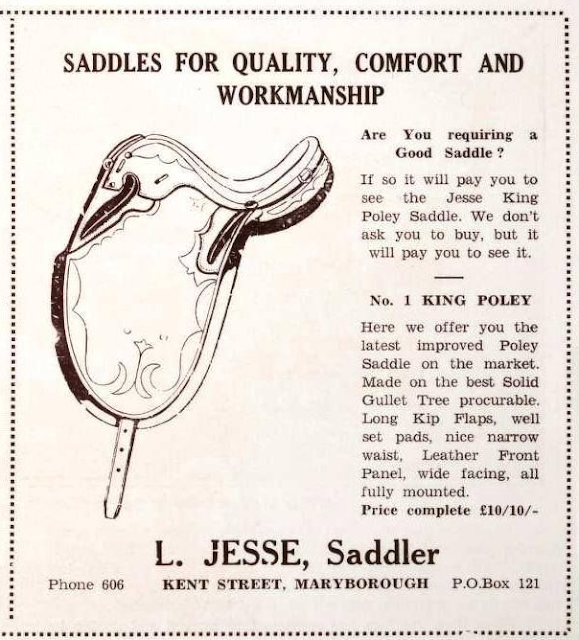On the 31 July, 1965 a
new Lady Musgrave Maternity Ward was opened. This block is located at the northern,
rear end of the Maryborough Hospital site (Queensland Government, 1995-2020).
In 1922, the Maternity Act began a transformation in maternity care in
Queensland. Previously, women who could not pay for private pre-natal
care were looked after in lying-in hospitals. These were run by charities or
religious institutions. The facility was named Lady Musgrave in honour of the wife of the Governor of
Queensland (1883 to 1888), Sir Anthony Musgrave (Queensland Government,
1995-2020). Following the Act, free maternity care in hospitals and baby
clinics was provided in the hope of increasing regional and outback
populations. Maryborough’s first Lady Musgrave maternity ward, built in 1928,
was one of 94 built before 1930 and was designed by architect POE Hawkes. It
replaced the 1888 Lady Musgrave maternity ward. This first lying-in maternity ward fronted John
Street and ran the entire length between
North and Churchill Street. It was designed by architect Samuel Bragg
(Queensland Government, 1995-2020). Once replaced, it was demolished and 10
allotments were sold off in the early 1930s (Queensland Government, 1995-2020). The second Lady Musgrave Maternity Ward was
opened on 24 November, 1928.
The third incarnation of the Lady Musgrave Maternity Ward opened in July 1965 and is captured in this extract from the Channel Seven archives.
This land was north of North Street. The 1928
maternity hospital was retained as the ward for children with disabilities. Liberal
Minister for Health (14 April, 1964 to 23 December, 1974) Seymour Douglas Tooth
opened the building. It cost 250 000 pounds and was a Public Works Department
design (Queensland Government, 1995-2020).
References
Queensland Government. (1995-2020). Queensland Heritage
Register. Retrieved from Maryborough Hospital 601907: https://apps.des.qld.gov.au/heritage-register/detail/?id=601907
#ladymusgrave #hospital #maryborough #maternityward #pre-natal




 In August, 1966 the Jaycee
In August, 1966 the Jaycee








